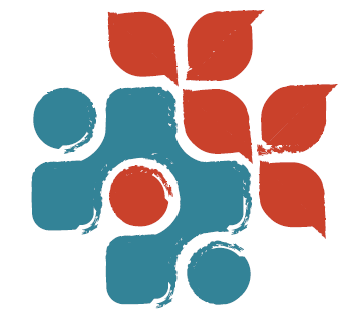Let's Talk About Below the Belt by Lisa Napoli Registered Physiotherapist/Pelvic Health Therapist
Pelvic health physiotherapy is a specialized area of physiotherapy that assesses and treats both women and men with problems in and around the pelvis. Part of this includes the pelvic floor, which is made up of joints, ligaments, nerves, and muscles. The muscles attach to the front, back and sides of our pelvic bone and sacrum.
What is special about these muscles is they do a lot! They help control bladder and bowel function, provide support to our pelvic organs, and are involved in our sexual function. They are also part of our deep ‘core muscles’ that work together with the back, abdominals, and diaphragm providing stability and support for a healthy back
Like any other muscles in our body, they too can become weak or tight leading to pain and dysfunction.
Weakness can contribute to urinary incontinence, prolapse, or a weak core.
Tightness can cause issues such as urge incontinence, constipation, pelvic pain, or pain with intercourse, just to name a few.
Sometimes this can be caused by pregnancy, childbirth, strenuous activity, low back or hip pain, or post surgery.
Did you know…
Research has shown that the treatments carried out by a physiotherapist for pelvic floor problems are highly successful for both pelvic pain and incontinence.
The Cochrane Collaboration 2010 concluded, “physiotherapists with specialized training in pelvic floor rehabilitation should be the first line of defence, before surgical consultation, for stress, urge and mixed incontinence”
How do you test for this??
Like any other body part, such as the shoulder or ankle, assessment findings work best when we can see and test it. Because these muscles are located internally via the vagina or rectum an internal exam is performed using a 1-2 gloved fingers.
This allows us objectively to test for strength, tightness, or timing coordination dysfunction providing valuable information for diagnosing and treatment.
Did you also know…
In Europe, internal examination of the pelvic floor has been the gold standard by which treatment of the pelvic floor has been carried out for more than 30 years.
Women in France and other government funded European countries are given 10 free physiotherapy sessions after childbirth to help ‘re-educate’ their pelvic floor.
Here in Canada, pelvic issues still remain taboo and education is lacking
Why are we behind in the times?
Are Kegels the solution??
Most of us have heard of Kegels however they are not the answer for everyone. Depending on your condition they can do more harm than good by worsening symptoms, and often they are performed incorrectly.
Pelvic health physiotherapists can determine if they are appropriate for you and if so, how to do them correctly and when.
What is Treatment like??
Treatment varies from person to person. It can include: connective tissue massage, gentle trigger point release to normalize tight muscles, strengthening exercises, relaxation and breathing training, and home exercises.
Why you chose to focus on it in your practice
What I love about this area of practice is I believe our pelvic health plays a huge role to our overall wellness-both physically and mentally. Understanding that talking about our pelvic health can be embarrassing and possibly frustrating, I find it rewarding to create awareness and help people overcome stigmas associated with an uncomfortable subject. Educating patients and supplying them with the tools and resources needed is fundamental to gaining control of their bodies again.
